diaVerge.com is for informational and educational purposes only and should not be considered medical advice. Please see our standard disclaimer at the bottom of this page.
The transition to a low carb lifestyle takes time. You need to retrain your body and your mind to break bad habits and seek out healthier alternatives.
With a consistent commitment to better health, you WILL see results.
On the very first day of eating low carbohydrate foods, your insulin needs will decrease. Keep this in mind that you will most likely need to reduce your insulin use.
As you refine your food and insulin needs, you’ll see improved blood glucose numbers. Your clothes will start to fit better and you will no longer have to fear surprise high or low blood glucose levels.
There are steps that you can take to achieve long-term success with the low carb way of eating:
Clean out your cupboards and refrigerator. Give away or throw out all of the pasta, bread, sweets, sugar, rice, legumes and fruit. If you live alone, this is easier than in a shared household. For the first few weeks, when cravings are strongest and your body is transitioning away from your previous high-carb diet, having only low carb foods available at home is a crucial step.
Research/plan/make low-carb recipes: There are many recipe books online and in print form. Google low carb and/or Ketogenic recipes to find alternatives to some traditionally higher-carb foods.
Stock your fridge with healthier options: Go shopping (or shop online) and buy some of the healthier alternatives such as grass-fed (whenever possible) meats, wild-caught fish, eggs, coconut oil, coconut flour, almond flour, vegetables (fresh or frozen) such as cauliflower, broccoli, green beans, spinach, chard, lettuce, red and green peppers, just to name a few. Add walnuts, almonds, pistachios and full-fat dairy such as heavy whipping cream (HWC), cheese, cream cheese, ricotta, and grass-fed butter. Sam's Club and Costco in the USA, as well as retailers Aldi, Lidl, and Trader Joe's are great for stocking up on these staple items without breaking the bank. Thrive Market is also a great option (membership site with a philanthropic mission) for specialty non-perishable items.
Prepare meals and snacks ahead of time: Any preparation you can do before temptation hits will save you from eating something you shouldn't. Divide nuts and cheese into serving-size containers. Pack your lunch for work every day. Pre-cook ingredients such as meat and veggies to store in your fridge so you can throw together quick, healthy, low-carb meals when you're pressed for time.
DON'T put yourself in tempting situations: Attending social functions and eating out are two of the hardest times to stick with a healthy way of eating. Particularly during the transition period (the first few weeks on the plan when your body is transitioning to low-carb and you still might have strong carb cravings), avoid eating out completely. Go back to #2. If you must attend a social function, talk to the hostess ahead of time to see what your food options might be, or prepare a low-carb dish or two that you can bring. Prepare, prepare, prepare to avoid temptation. This gets easier over time when you are not suffering from carb cravings. Yes, the cravings do go away!
Water & Sleep: Two of the largest factors in success are drinking plenty of water (2.5 to 3 liters per day) and getting adequate sleep every night (7+ hours). Your body's hormones and metabolism are adjusting from what they have always known. Be kind to your body and respect the adjustment that needs to be made. You are transitioning from a sugar-burner to a fat-burner.
Move Your Body Every Day: Get out in the sunshine and walk, go to the gym, pop in a fitness DVD, search YouTube for an exercise program, or get on the floor to do some crunches/push-ups. Whatever it is, just move your body. Once you have a habit established, step up your activity/intensity level. Walk faster. Do a few extra reps, increase the weight or do 15 minutes more. Exercise produces endorphins, and endorphins make you feel good. If you feel good about yourself, you're more likely to continue with the habits you're creating.
Consider Bone Broth: Bone broth contains several things that will make your transition to low-carb easier: fat, protein, salts and collagen/gelatin. Bone broth also contains amino acids (glycine, proline, and glutamine) and minerals (calcium, magnesium, potassium, and phosphorus). Magnesium and potassium can help alleviate initial muscle cramping, as well as eliminate brain fog. Try the diaVerge recipe for beef-shank bone broth.
Add Protein & Healthy Fats: Avocado, eggs, fatty fish (anchovies, herring, salmon, sardines), flaxseed, nuts (almonds, pistachios, walnuts), seeds (hemp, pumpkin, sunflower), coconut oil and olive oil (for non-heated uses). Eating more protein and healthy fats while reducing carbs will help you feel full and will keep your blood glucose steady. (Nuts and seeds might require a small bolus, depending on your serving size and your body. Please test, adjust insulin levels as needed and eat a consistent amount at each serving).
Seek Your Tribe: Surround yourself with people who are as passionate about this way of eating as you are. Who do you want in your corner? Who will help?? We all need support, especially when making a big life change. Find supportive friends, family members, or look online in groups such as this one.
While the transition to a low carb lifestyle can be challenging (remember, you need to retrain your body and your mind), you CAN do this! Start small by focusing on changing the foods you have available to you. The rest will come.
For more help getting started, read Dr. Bernstein's Diabetes Solution book.
Finding the book too complex? We also offer an ongoing Diabetes Solution Book Study group.
Click below to learn more.





Observations of a decade of low carb for T1D management. Has it been worth it? What are the regrets? And what has changed in that time.